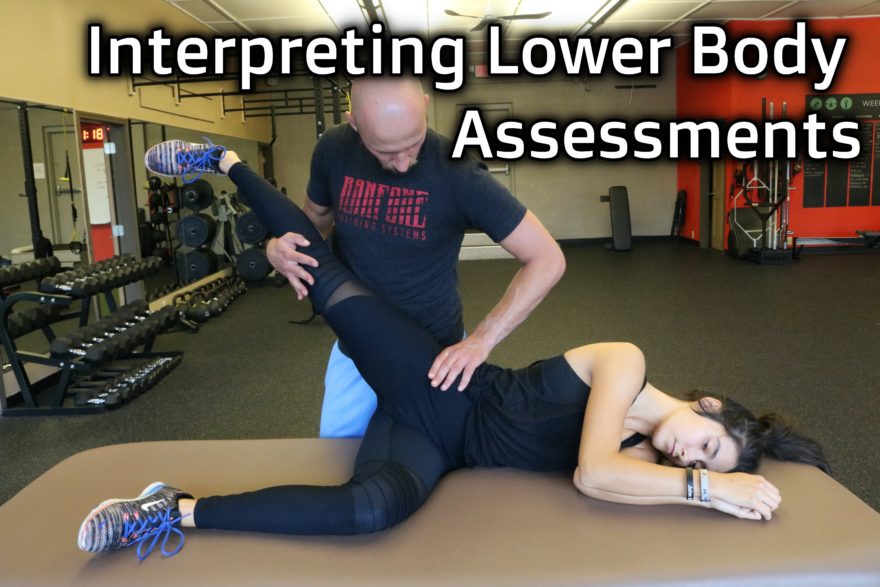Table of Contents
How to go through common lower body assessments
Movement Debrief Episode 114 is in the books. Below is a copy of the video for your viewing pleasure, and audio if you can’t stand looking at me.
Here is the setlist:
- What is hip flexion measuring?
- How can a wide and narrow infrasternal angle (ISA) be limited in hip flexion?
- What is the straight leg raise actually measuring?
- What mechanics go into a straight leg raise?
- Is there a way to self-measure the infrapubic angle (IPA)?
- What are the pro’s and con’s of active vs passive testing?
- How about comparing the obers test to the Gillet/reverse gillet?
If you want to watch these live, add me on Instagram. Enjoy!
and the audio version:

 t
tShow notes
Check out Human Matrix promo video below:
Below are some testimonials for the class:
Want to sign up? Click on the following locations below:
May 23rd-24th, 2020, Dickinson College in Carlisle PA (Early bird ends April 26th at 11:55pm!) [Approved for 14 Category A CEUs for athletic trainers]
June 6th-7th, 2020, Minneapolis, MN (Early bird ends May 3rd at 11:55pm!)
August 1st-2nd, Boston, MA (Early bird ends July 5th at 11:55pm!)
September 12th-13th, Montreal, Canada (Early bird ends August 16th at 11:55pm!) [6 CEUs approved for Athletic Therapists by CATA!]
October 3rd-4th, Ann Arbor, MI (Early bird ends September 6th at 11:55pm!)
November 7th-8th, Charlotte, NC (Early bird ends October 11th at 11:55pm!)
November 21st-22nd, San Diego, CA (Early bird ends October 25th at 11:55pm!)
Madison, NJ (POSTPONED DUE TO COVID-19)
Atlanta, GA (POSTPONED DUE TO COVID-19)
Or check out this little teaser for Human Matrix home study. Best part is if you attend the live course you’ll get this bad boy for free! (Release date not known yet 🙁
Here is a signup for my newsletter to get nearly 5 hours and 50 pages of content, access to my free breathing and body mechanics course, a free acute:chronic workload calculator, basketball conditioning program, podcasts, and weekend learning goodies:
[yikes-mailchimp form=”1″ submit=”Get learning goodies and more”]
FREE Human Matrix Foundations class
Does the Gillet test assess sacroiliac motion or asymmetric one-legged stance strategies?
If you are just getting into practicing this stuff, try to teach someone to stack with this exercise.
Here is the debrief on the ober’s test
Hip Flexion Limitations
The Straight Leg Raise
Self-Assessing the Infrapubic Angle
Should I use movement-based tests or passive test?
Hip Extension in gait
If hip extension and internal rotation are paired, and someone. If someone lacked internal rotation but was exhaled bias, where would you start with exercises?
Sum Up
- Regardless of infrasternal angle presentation, hip flexion limitations occur if there is a loss of sacral counternutation
- The straight leg raise assesses inhalation mechanics from approximately 0-45 degrees, then 45-90 degrees has more exhalation bias
- Self-assessment of the infrapubic angle has no supportive data and cannot accurately be performed. A better alternative is to find self-tests that look at your ability to exhibit inhalation and exhalation mechanics
- Passive tests are more accurate, but have less transfer to complex tasks
- Active tests might transfer better to complex tasks, but are less accurate. Perform many to gather enough data points to make movement judgments
- When choosing exercises, first teach “the stack,” next, drive inhalation mechanics, and finish with exhalation mechanics

